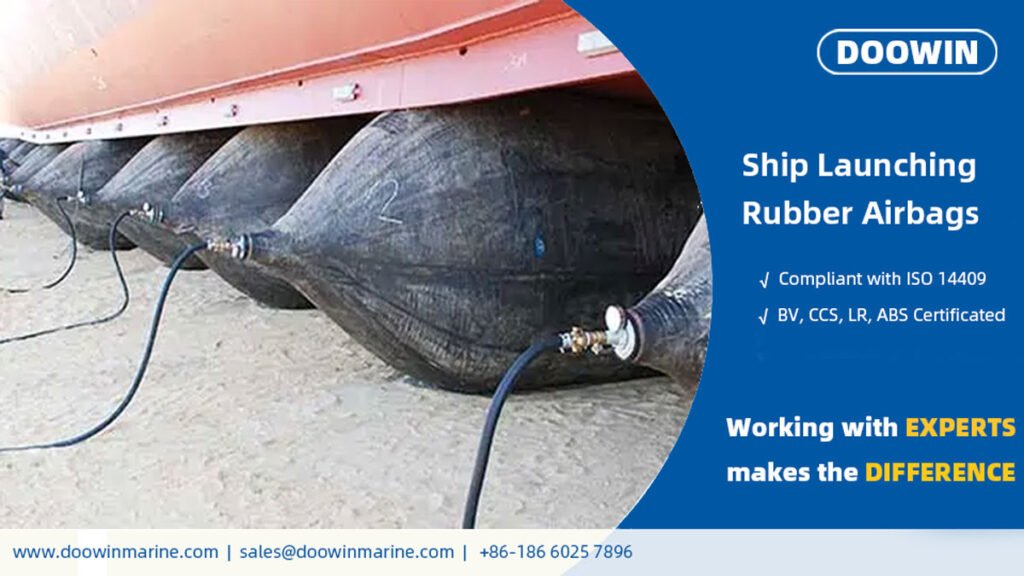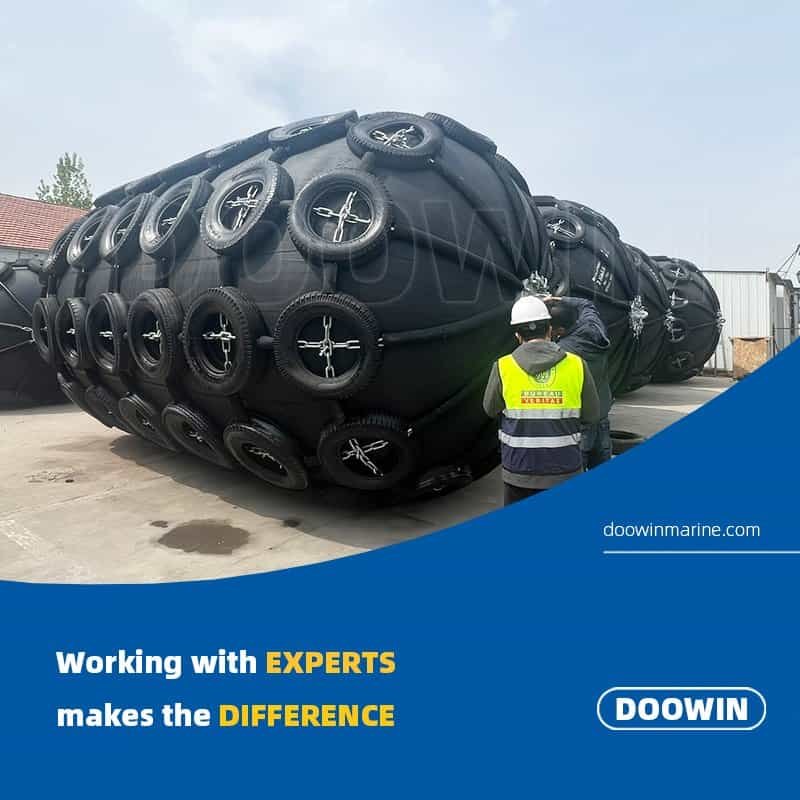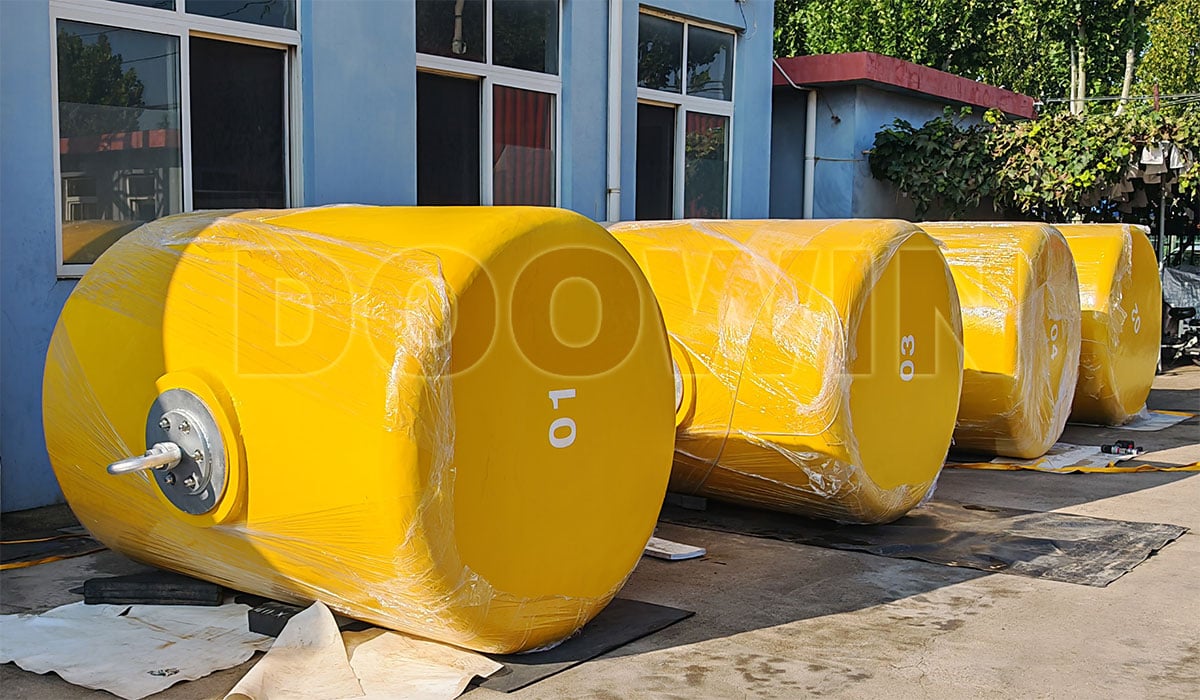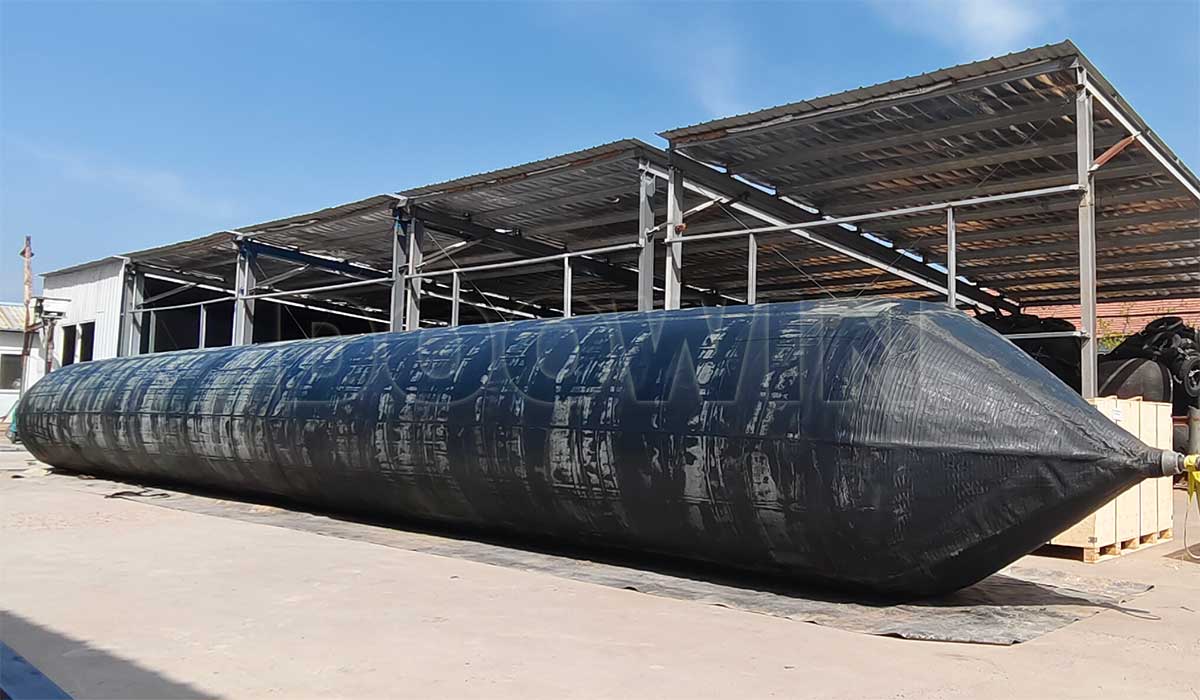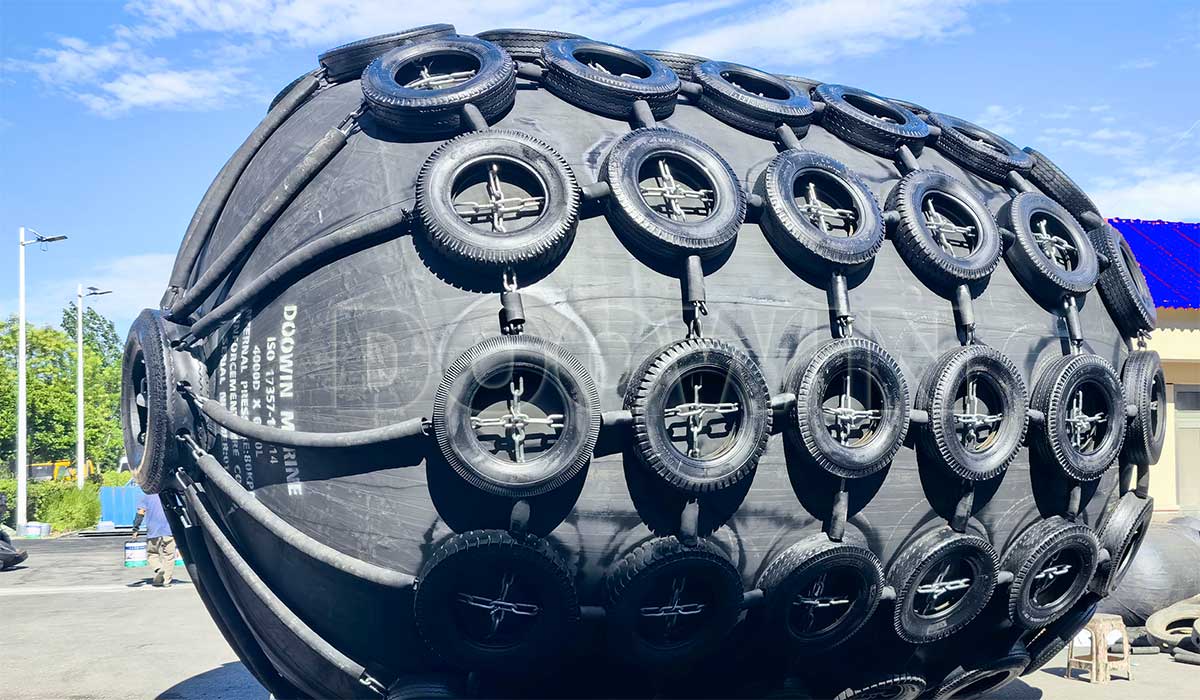The airbag launching technology is well-deserved as the “flexible launching technology” because of its high adaptability and many advantages. Now, we introduce the general procedure of ship launching with airbags. Ordinary ship launching can be simply divided into 6 steps.
Pre-consideration for launching a ship
- Type of vessel?
- LOA (length) of ship?
- Width of vessel?
- Vessel’s actual launched weight?
- What is the vessel’s DWT?
- Type of ground ship is built on? (Dirt, concrete, etc.)
- The depth where the ship first enters the water?
- What’s the angle degree of the slipway? (Land)
- Please provide the low/high tide schedule at the site.
- The working height? (The block stand height)
- Distance from the bottom of the propeller to the water level?
- Distance from the back of the vessel to the water entry point?
1. Set up holding system
Before launching, the vessel needs to be hold in position by a holding system. For the large ship, it is better to use ground anchors, winches, wire ropes, and pulleys. For the small ship, the shipyard can use a crawler crane to control for easier operation.

2. Inflate launching airbags to lift the hull
Insert the ship launching airbags between keel blocks. Then, inflating launching airbags to jack-up vessel. With the continuous expansion of the launching airbag, the entire hull is slowly supported by the airbag. Generally, the vessel will be lifted up from one end to another, step by step. Once vessel bottom leaves from support blocks, those blocks will be removed. At this time, the entire weight of the hull is distributed on multiple airbags. So created the conditions for dismantling the shipbuilding and laying aside the pier.

3. Clear the ship launching platform
Treatment of site flatness, the flatness of the ground should be ensured as far as possible on the launching slope. If there are pits, they must be filled with bagged sand. If there are obvious protrusions, they should be flattened, and the bottom of the ship should be cleared and the ship passing by All the debris and obstacles that hinder the rolling of the ship launching airbags on all the fields.

4. Adjusting launching airbags
That adjustment includes adjusting airbag pressure and vessel position. Sometimes vessel is built far away from the water. So have to move down on slipway before launching. Pressures of ship launching airbags need to be adjusted before the final launching according to practical conditions and the launching calculation.

5. Release winch let the ship move into water
Arrange mooring ropes on both sides of the ship. The ropes must meet the requirements of traction and must be introduced from the bow, tied to strong ground components such as bollards, and part or all of the hull can be tied if necessary. Remove all the piers under the ship, start the auto-release hooks, or cut the holding wire rope, and make the ship move into the water area with the help of the rolling rubber airbag. If the water area is limited, people can use the control launching, releasing winch ropes to let vessels roll down into water slowly.
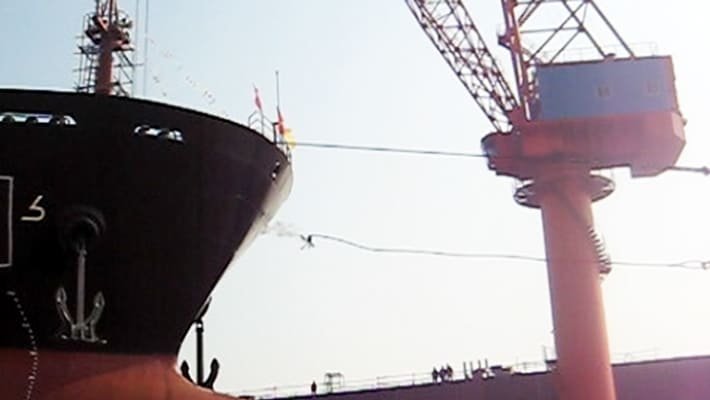
6. Launch the ship and recover the airbag
The ship is successfully launched, drag the ship to the dock, and recover all rubber airbags, measure the ship’s bow and stern draft, and check whether there is any water leakage in each cabin.
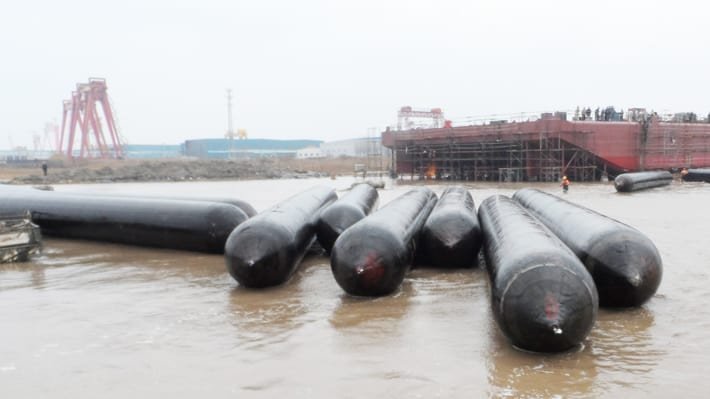
Ship Launching Airbags. Also known as inflatable marine airbags, ship launching air balloons, roller bags, air lift bags, and salvage bags. Airbags range in size from 0.8 to 2.5m diameters, with lengths of 5.0m to 24.0m ‘effective length’. Airbags are used for ship launching, haul-outs, loading, and floating. They are widely used in cargo boat launching and landing, lifting and moving sunken ships, and salvaging stranded boats. Air bags have the benefit of not only saving labor and time but investment costs. Additionally, they are flexible, portable, and dependable.
Wellcome you contact us to know more.

